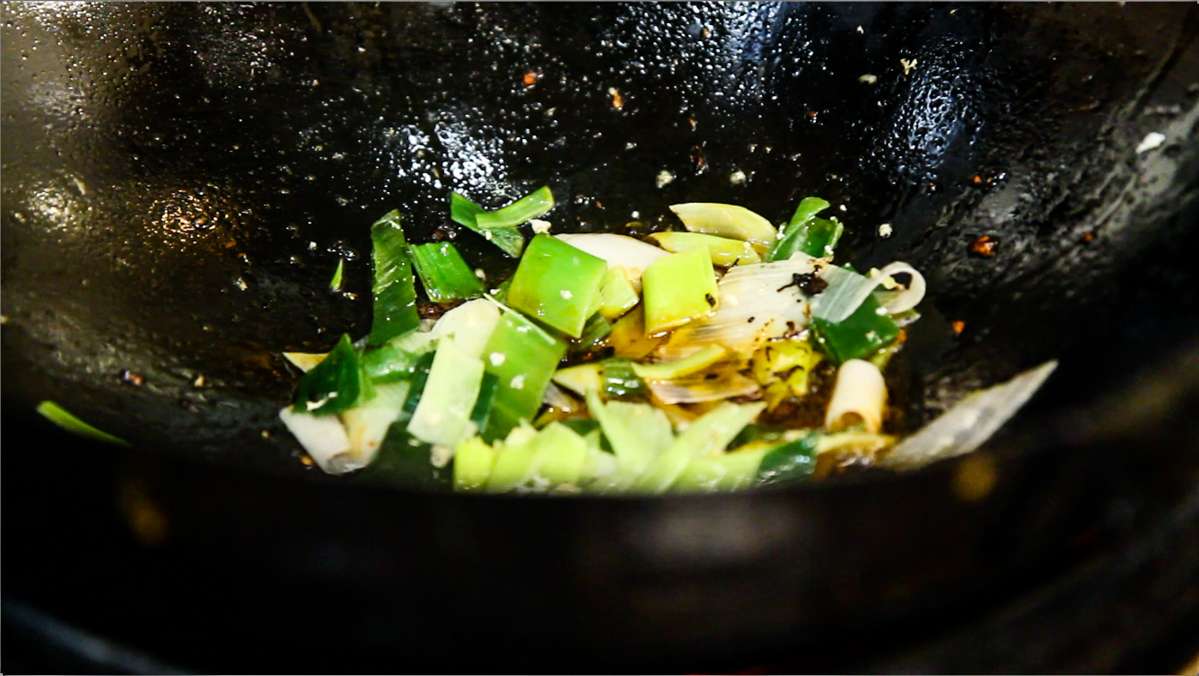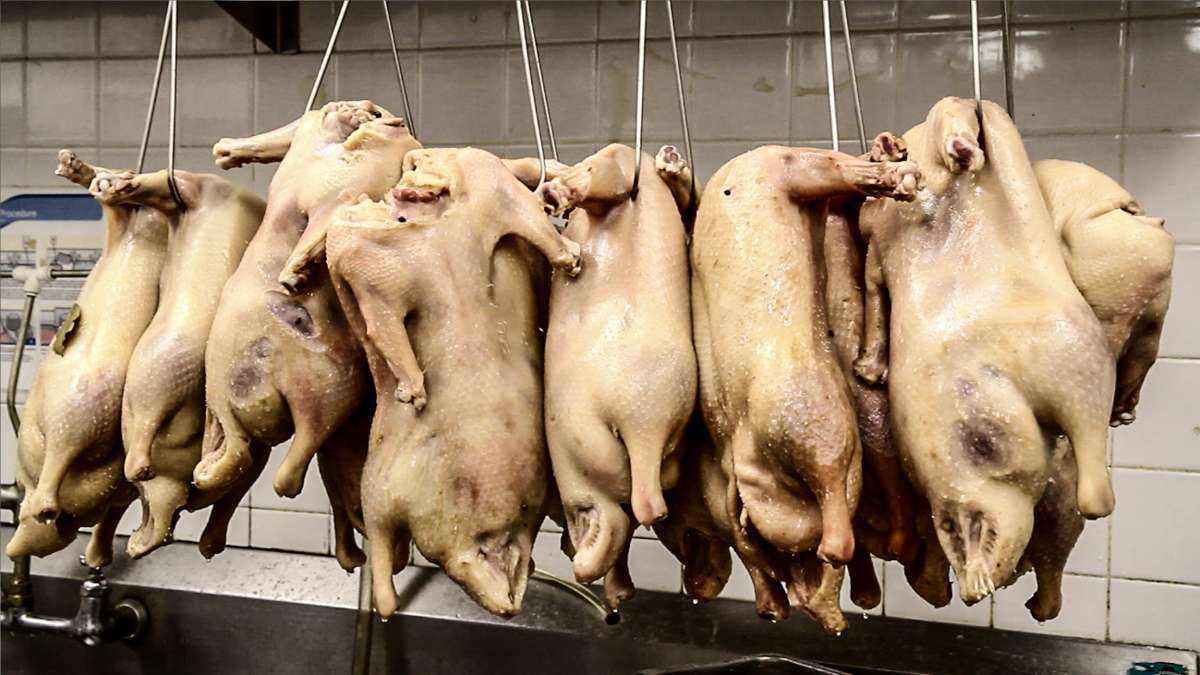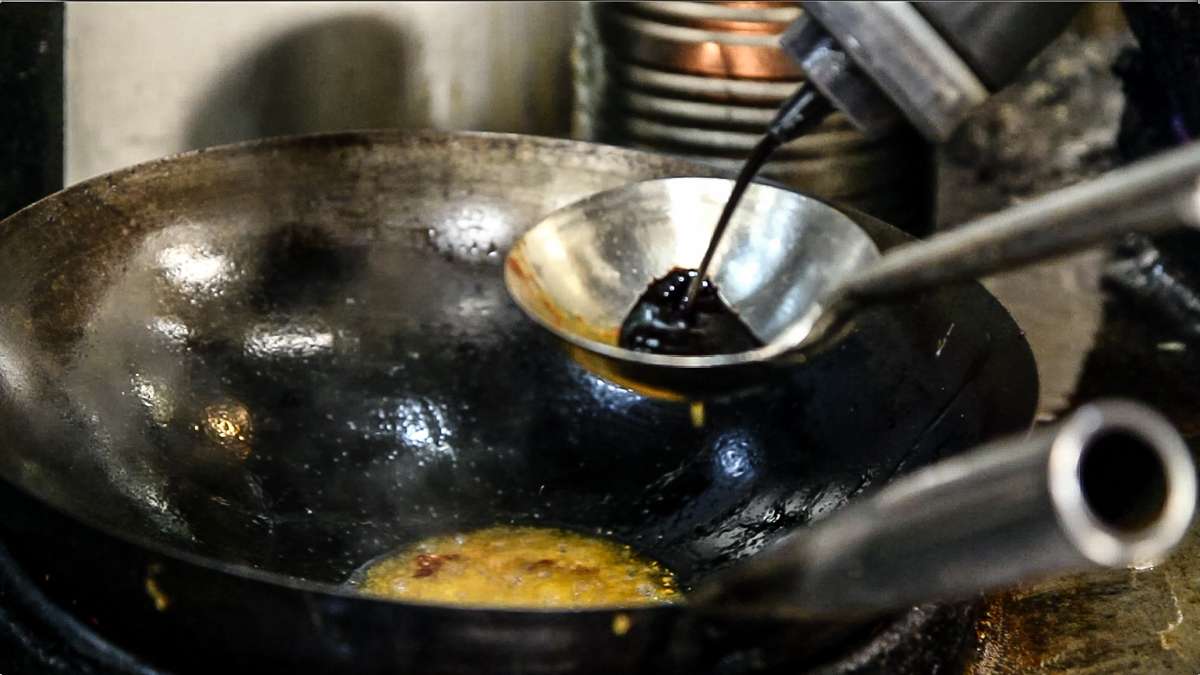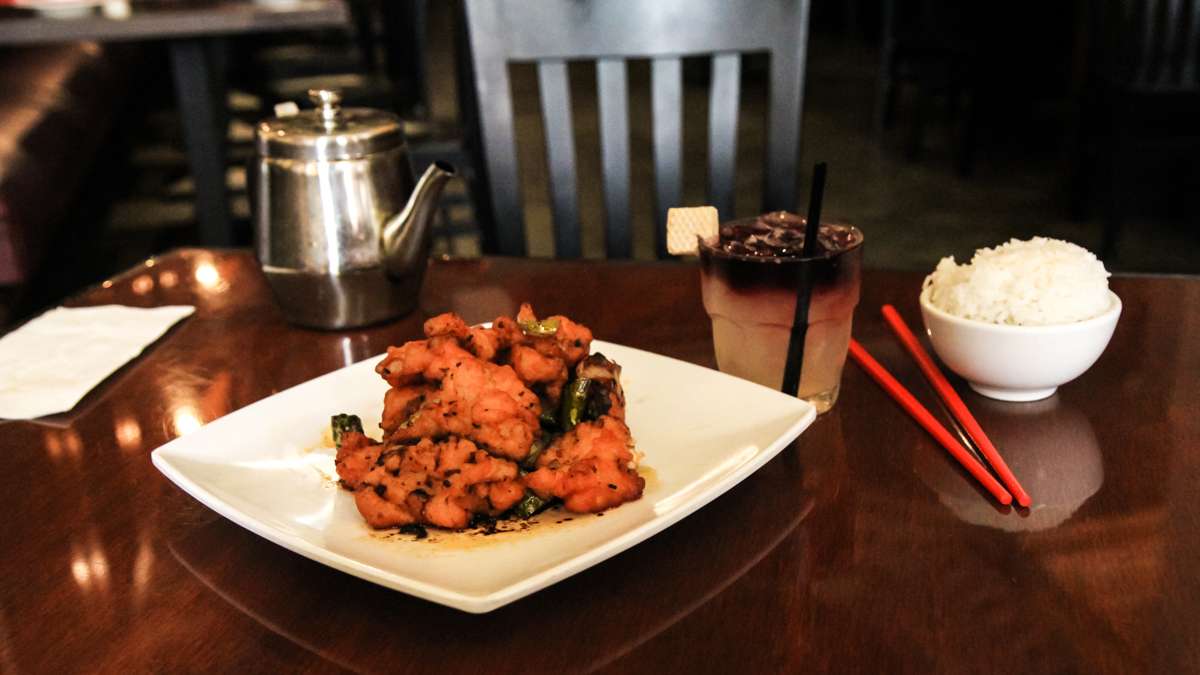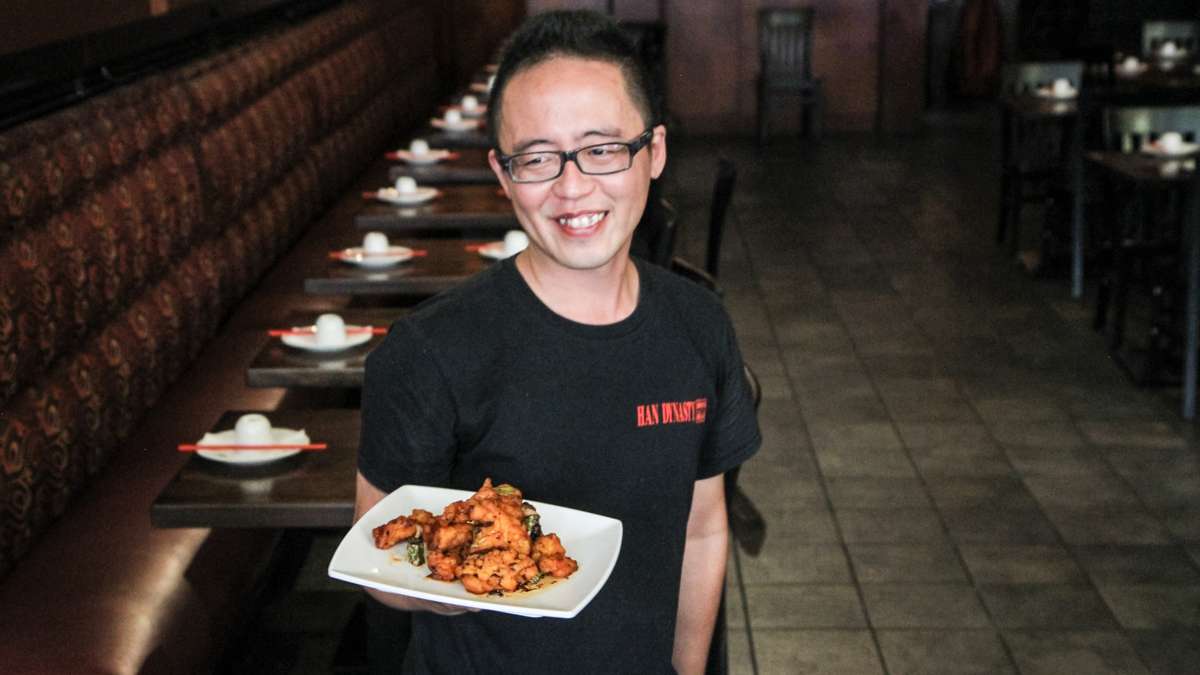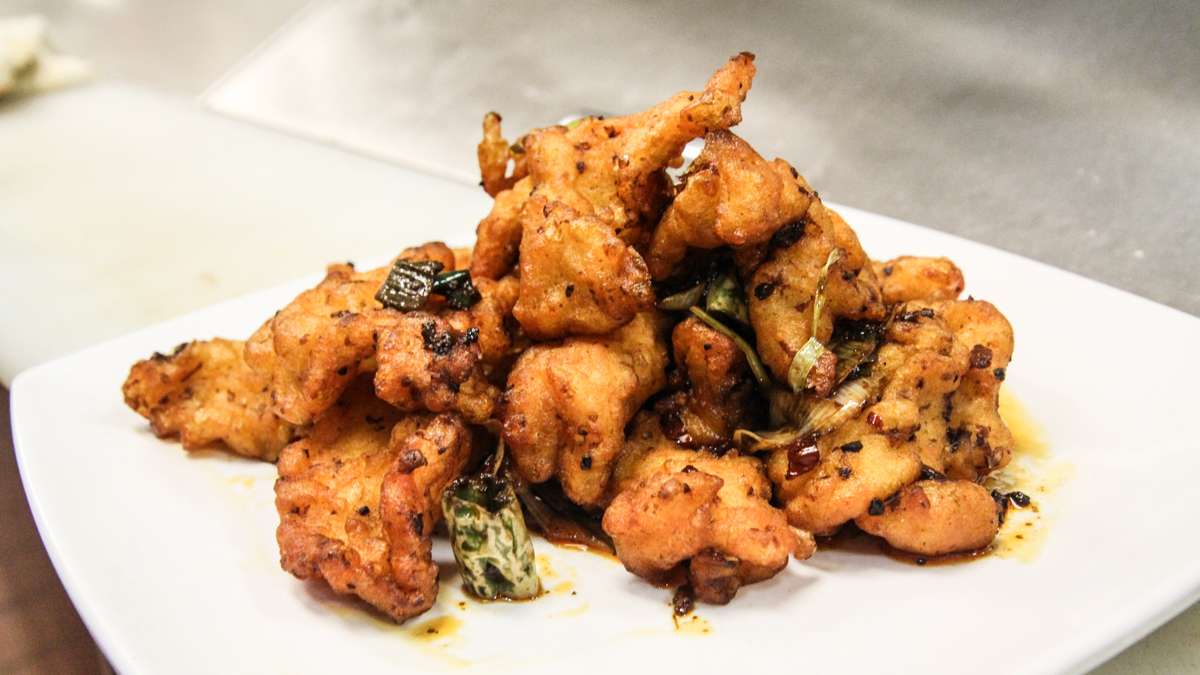Favorite fish dish at Han Dynasty a perfect match for Pope Francis [video]
What would you cook up if you had the chance to serve dinner to Pope Francis? We asked some of the city’s top chefs to weigh in. Here’s what they said.
This is part eight in a series.
Han Chiang isn’t very familiar with why Catholics often eat fish on Fridays, but the owner of Han Dynasty knows he’s got a solid favorite on the Old City menu.
The double cooked flounder is one of Chiang’s most popular dishes, especially during Lent, when Catholics forego meat on Friday. That’s what makes this particular dish a shoe-in for papal presentation, if he’d have the honor.
“This dish is my creation,” said Chiang. “The original dish was from a double cooked pork belly, which is one of my favorite dishes. But I know a lot of people don’t eat pork belly. That’s why I substituted with the fish. And I didn’t expect it to be so popular, this dish. It’s probably my greatest invention.”
.embed-container { position: relative; padding-bottom: 56.25%; height: 0; overflow: hidden; max-width: 100%; } .embed-container iframe, .embed-container object, .embed-container embed { position: absolute; top: 0; left: 0; width: 100%; height: 100%; }
Chiang started off by battering flounder filets. He said they hold together better than other fish when you cook them in a wok.
“You know, jumping around in a wok it’s gonna break the fish apart,” said Chiang.
To quicken the cooking process and ensure maximum flavor in the final dish he precooked the leeks and long hot peppers.
“Everything you cook in a wok, you want to cook as fast as possible,” said Chiang. “The longer you cook, all that flavor is evaporating. You want to hold all those flavors and cook it as fast and as super high heat as possible.”
Every wok chef works with two woks, explained Chiang. One for frying and one for stir frying.
Chiang started off the frying by tossing the flounder filets into the hot oil. In the second wok, he started on the sauce: fermented bean paste, hoisin sauce, cooking wine and a little bit of chili oil.
Once the sauce was ready Chiang threw in the fish, the leeks, and the long hot peppers, and gives it all a masterful toss.
Chiang’s menus are designed to help the customer move through their decisions. Each dish comes with a little description on what the dish entails, an option to change the protein based on food restrictions, and the option to alter the spice level based on tolerance.
“The flavor is so complex,” he said. “Most people are surprised you can make seafood dishes or vegetarian dishes this flavorful. And that’s the power of Szechuan cuisine. We’re able to cook a ton of flavor in the dish.”
By employing five different types of hot sauces, Chiang is able to create 10 different spice levels for his menu.”
As for the elusuive level 10 of heat? Chiang explained, it’s not just extra hot sauce. Instead they combine different hot sauces, so the flavor will match the spice.
“You don’t want a dish that tastes very, very spicy but you can’t taste the flavor,” Chiang said. “With Szechuan cuisine it’s very important to balance out the flavor: the spice, the saltiness, the flavor and the numbing.”
This is part eight in a series.
WHYY is your source for fact-based, in-depth journalism and information. As a nonprofit organization, we rely on financial support from readers like you. Please give today.











